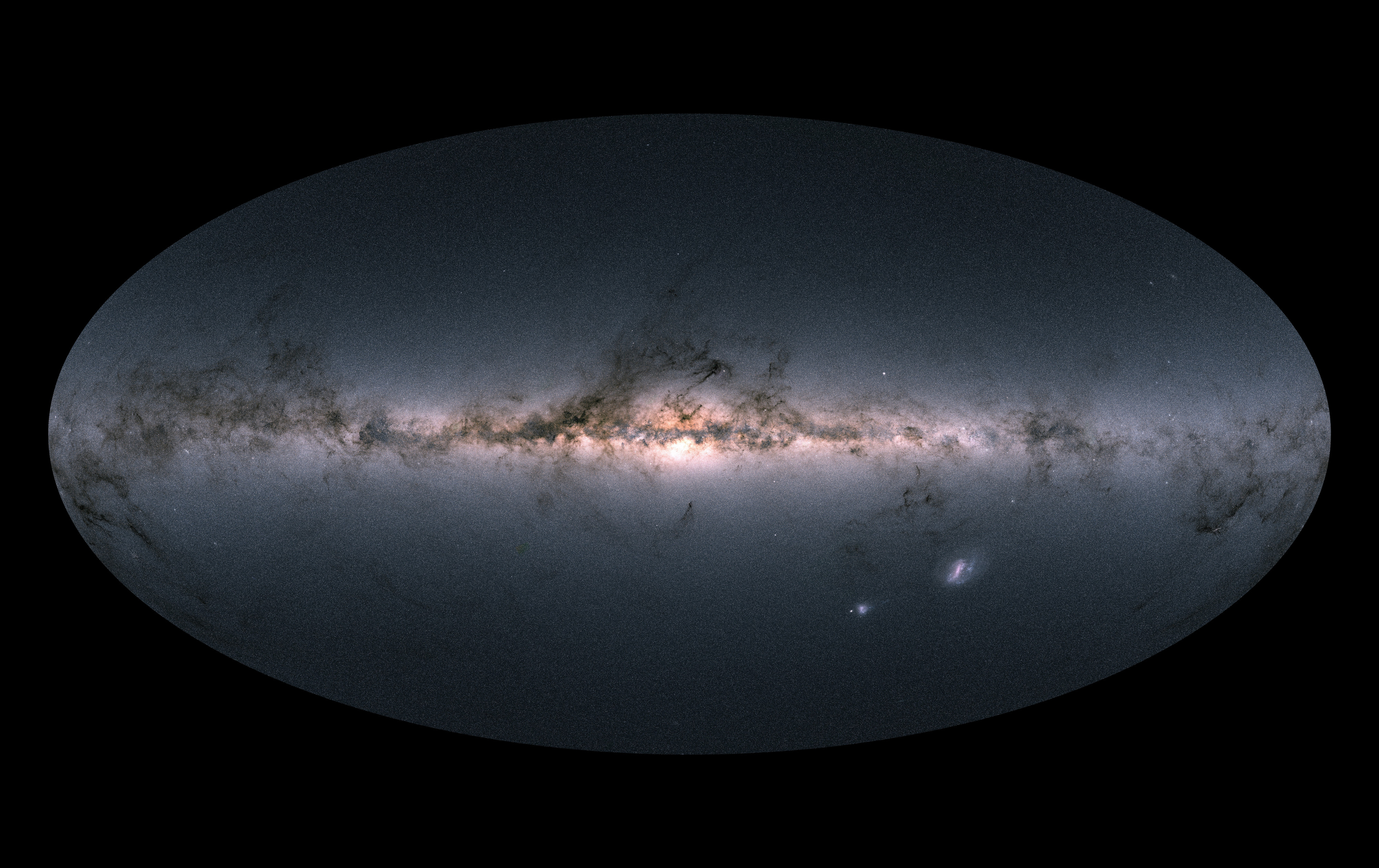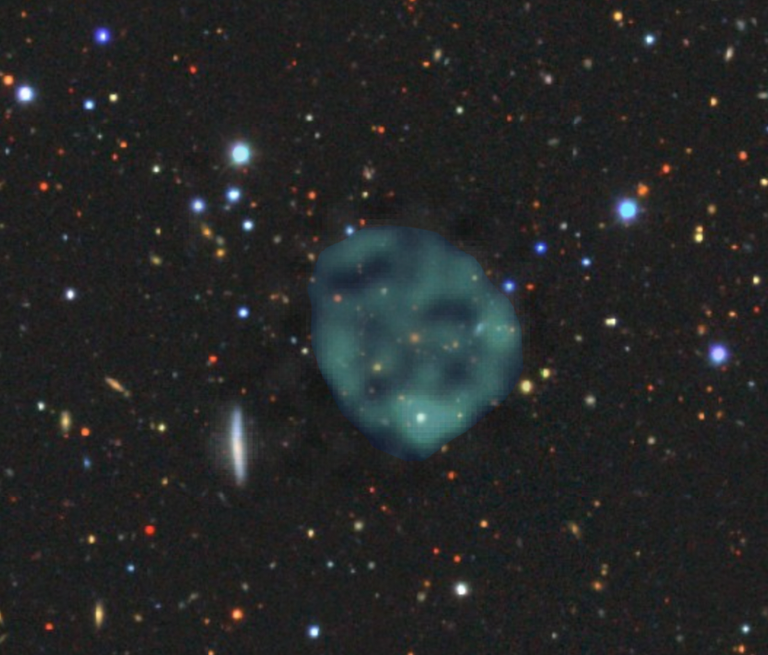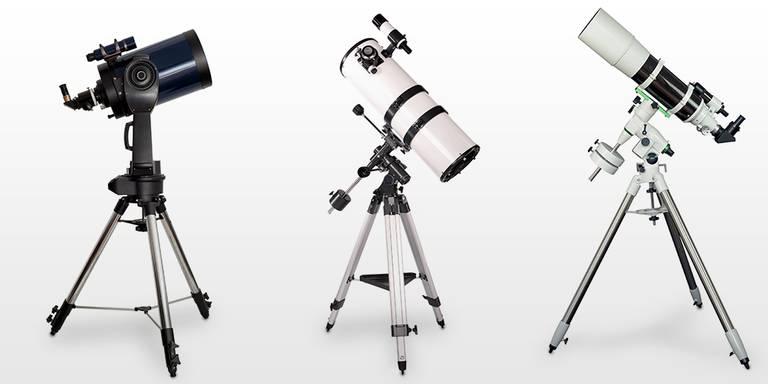Astronomers unveil most detailed 3D map yet of Milky Way

Astronomers have unveiled the most precise 3D map yet of the Milky Way, an achievement that promises to shed fresh light on the workings of the galaxy and the mysteries of the broader universe.
The vast electronic atlas was compiled from data gathered by the European Space Agency’s Gaia observatory which has been scanning the heavens since it blasted off in 2013 from Kourou in French Guiana.
The map contains enough detail for astronomers to measure the acceleration of the solar system and calculate the mass of the galaxy. These in turn will provide clues as to how the solar system formed and the rate at which the universe has expanded since the dawn of time.
Nicholas Walton, a member of the ESA Gaia science team at the Institute of Astronomy in Cambridge, compared the effort to filling in the blanks on ancient maps that marked unknown regions with the assertion that “here be dragons”.
“What we’re really doing here is getting a very detailed map of the local universe that’s in three dimensions for stars out to a few hundred light years,” he said.
By charting the positions and movements of the stars, the probe has uncovered destructive processes beyond the edge of the Milky Way. A faint stream of stars spotted between two nearby galaxies is evidence that the more massive Large Magellanic Cloud is steadily devouring the more diminutive Small Magellanic Cloud.
Many of the bodies Gaia observes are quasars, extremely distant and intensely bright objects powered by black holes a billion times the mass of the sun. By measuring the solar system’s movement relative to these, Gaia data shows that the solar system is falling towards the centre of the Milky Way with an acceleration of about 7mm a second each year.
Known as the Galaxy Surveyor, Gaia orbits the planet from a gravitationally-stable position known as a Lagrange point 930,000 miles from Earth in the opposite direction to the sun. For the past seven years, the probe has measured the positions and velocities of nearly 2 billion stars. Besides revealing trails of cosmic consumption, the data allow astronomers to piece together the distribution of matter in the Milky Way, from which they will directly estimate its mass.
Lagrange points are regions in space where gravitational forces tend to make objects stay put. For the Gaia observatory, this means a minimum of fuel is needed to maintain its location. The distant orbit has another advantage: it is far enough from Earth to avoid light pollution spoiling its view of the stars.
Floor van Leeuwen who manages data processing for Gaia at the Institute for Astronomy said the trove of data let astronomers “forensically analyse our stellar neighbourhood, and tackle crucial questions about the origin and future of our galaxy.”
Caroline Harper, head of space science at the UK Space Agency, added: “For thousands of years, we have been preoccupied with noting and detailing the stars and their precise locations as they expanded humanity’s understanding of our cosmos.
Courtesy of The Guardian.
Read the original article in The Guardian








